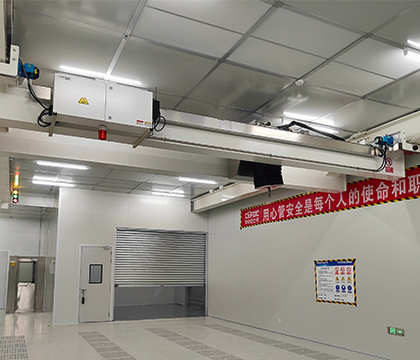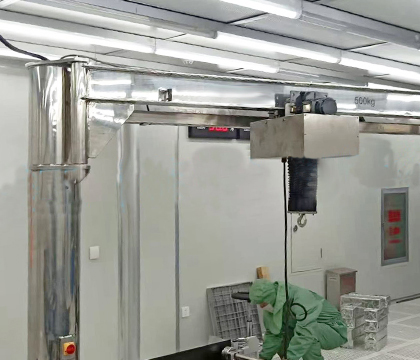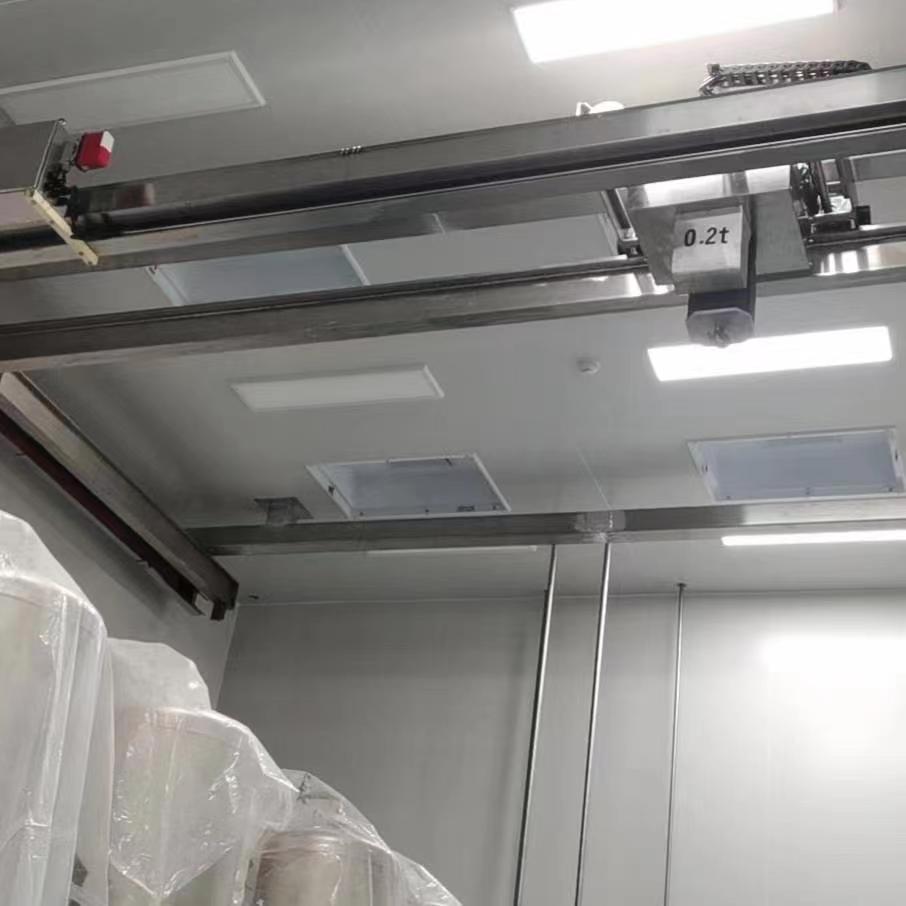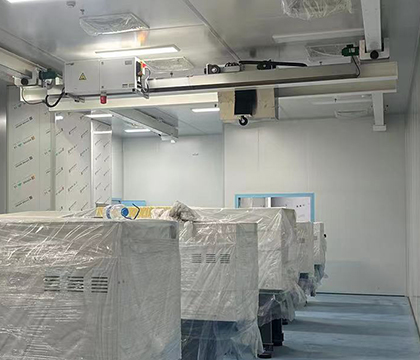Manual vs Electric Stainless Steel Hoists
In various industries, stainless steel hoists have become indispensable, especially in environments requiring high hygiene standards or robust corrosion resistance. While electric hoists offer convenience, manual stainless steel hoists are often preferred due to several core aspects: cost, durability, reliability, ease of maintenance.
Durability
Both 304 stainless steel and 316 stainless steel are known for their exceptional durability and resistance to corrosion. These materials are ideal for hoists used in severe environment and controlled environments, ensuring longevity and consistent performance even under harsh conditions. For example, in mining industry, petroleum industry, etc.
Compared with galvanized steel hoists, which is mostly applied for common workshop, stainless steel hoist has better overall anti-corrosion and anti-rust properties. While galvanizing provides good anti-rust protection on the surface layer, once this layer is damaged, its anti-rust effectiveness diminishes significantly.

Difference in Efficiency
Manual hoists offer unparalleled reliability, particularly in critical applications where electrical failures are unacceptable, especially for the outdoor environment. On the contrary, electric stainless steel hoist offer an efficient and time saving indoor handling work.
Difference in Cost
Price is the most important factor of manual or electric powered.
Manual hoists are generally more cost-effective than their electric counterparts. The absence of motors and complex electrical systems results in lower initial costs and reduced long-term expenses. This affordability makes manual hoists an attractive option for businesses mindful of budget constraints.
Stainless steel electric hoists may not be essential for general working environments due to their higher cost. However, for clean workshops, we highly recommend using electric hoists with stainless steel dust covers. These hoists not only offer cost-effectiveness but also meet the cleanliness requirements of ISO 14644 Class 100.
If there is a need for stainless steel electric hoists, feel free to inquire. KFCS is fully capable of producing top-quality stainless steel electric hoists to meet your specific requirements.

Ease of Maintenance
The simplicity of manual hoists translates to easier maintenance. With fewer moving parts and no electrical systems to service, manual hoists require less frequent and less complex maintenance, reducing downtime and associated costs.
At KFCS Crane, we offer a range of stainless steel hoists and cranes tailored to meet your specific needs. Whether you require SUS 304 or 316 SS solutions, our products are designed to excel in the most demanding environments.
Contact us today to find the perfect lifting solution for your application.






